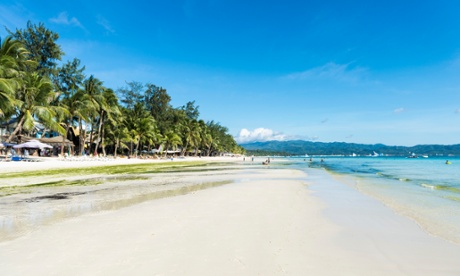
The Theory of Island Biogeography (Princeton Landmarks in Biology) by Robert H. MacArthur and Edward O. Wilson [220 pages, Princeton University Press; 2001; Guardian Bookshop; Amazon UK paperback; Amazon US paperback]
Publisher’s synopsis: Biogeography was stuck in a “natural history phase” dominated by the collection of data, the young Princeton biologists Robert H. MacArthur and Edward O. Wilson argued in 1967. In this book, the authors developed a general theory to explain the facts of island biogeography. The theory builds on the first principles of population ecology and genetics to explain how distance and area combine to regulate the balance between immigration and extinction in island populations. The authors then test the theory against data. The Theory of Island Biogeography was never intended as the last word on the subject. Instead, MacArthur and Wilson sought to stimulate new forms of theoretical and empirical studies, which will lead in turn to a stronger general theory. Even a third of a century since its publication, the book continues to serve that purpose well. From popular books like David Quammen’s Song of the Dodo to arguments in the professional literature, The Theory of Island Biogeography remains at the centre of discussions about the geographic distribution of species. In a new preface, Edward O. Wilson reviews the origins and consequences of this classic book.
My first impression: First published in 1967, this book provided a testable hypothesis that predicted the number of species that would reside on newly-formed islands. This book’s powerful ideas gave rise to a new discipline in ecology and evolution and provided a major theoretical approach to conservation issues. It is still in-print and is used as a textbook for students of ecology and evolution in many universities. An older edition of this book was one of my textbooks when I was a grad student, although that edition lacked Wilson’s new preface.
The Theory of Island Biogeography Revisited edited by Jonathan B. Losos and Robert E. Ricklefs [496 pages, Princeton University Press; 2009; Amazon UK hardcover/paperback/Kindle UK; Amazon US hardcover/paperback/eTextbook]
Publisher’s synopsis: Robert H. MacArthur and Edward O. Wilson’s The Theory of Island Biogeography, first published by Princeton in 1967, is one of the most influential books on ecology and evolution to appear in the past half century. By developing a general mathematical theory to explain a crucial ecological problem -- the regulation of species diversity in island populations -- the book transformed the science of biogeography and ecology as a whole. In The Theory of Island Biogeography Revisited, some of today’s most prominent biologists assess the continuing impact of MacArthur and Wilson’s book four decades after its publication. Following an opening chapter in which Wilson reflects on island biogeography in the 1960s, fifteen chapters evaluate and demonstrate how the field has extended and confirmed -- as well as challenged and modified -- MacArthur and Wilson’s original ideas. Providing a broad picture of the fundamental ways in which the science of island biogeography has been shaped by MacArthur and Wilson’s landmark work, The Theory of Island Biogeography Revisited also points the way toward exciting future research.
My first impression: I am currently reading this book as part of a little experiment that I am conducting in online book clubs. For the next 15 weeks, a group of working scientists is reading and discussing this book, chapter by chapter, and I am publishing synopses of those discussions on my Guardian blog. I view this online bookclub as an in-depth book review as well as an educational tool that may be useful to interested scientists in other fields, students and the general public. (Read more about this online experiment and read our thoughts on the first chapter. Chapter two will publish next week Wednesday.)
.. .. .. .. .. .. .. .. .. .. ..
When she’s not reading a book, GrrlScientist is very active on twitter @GrrlScientist and lurks (mostly) on social media: facebook, G+, LinkedIn, and Pinterest.

